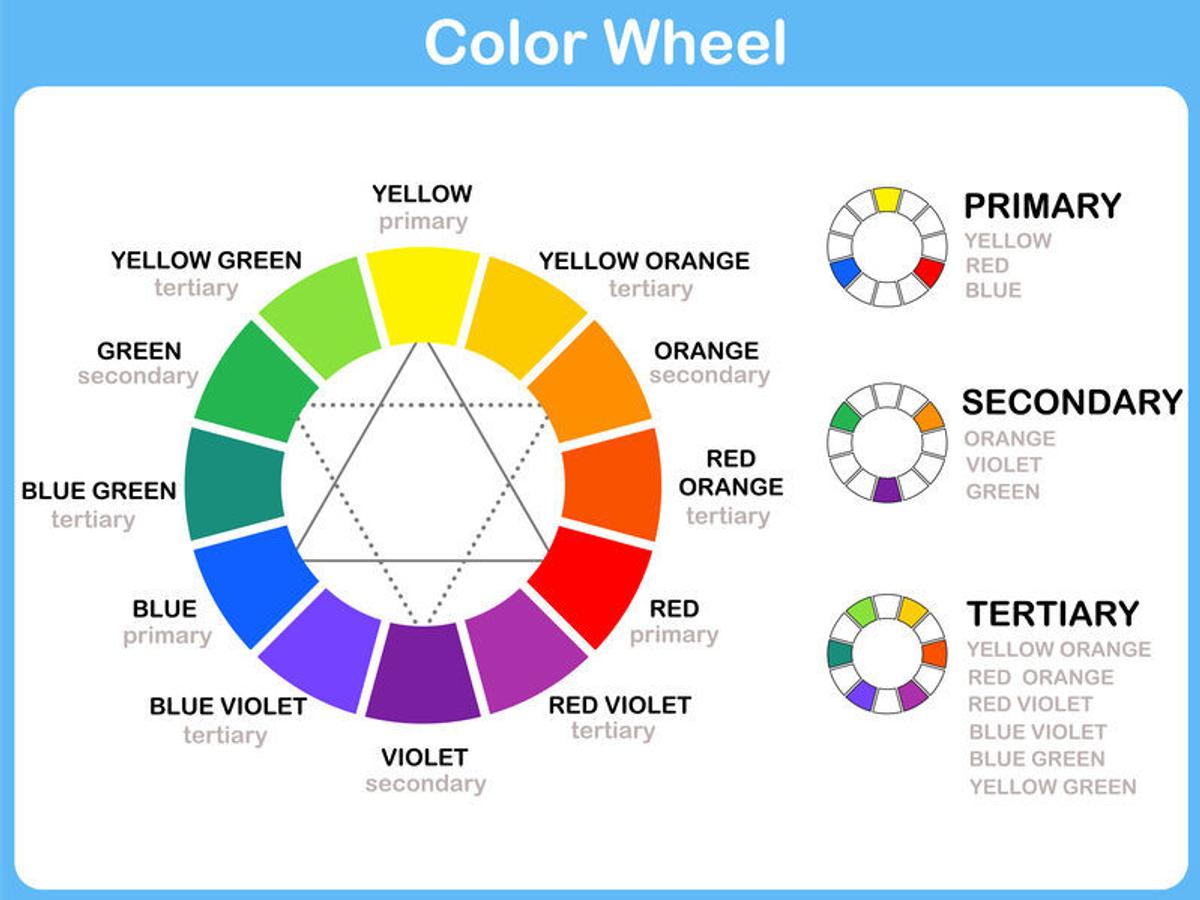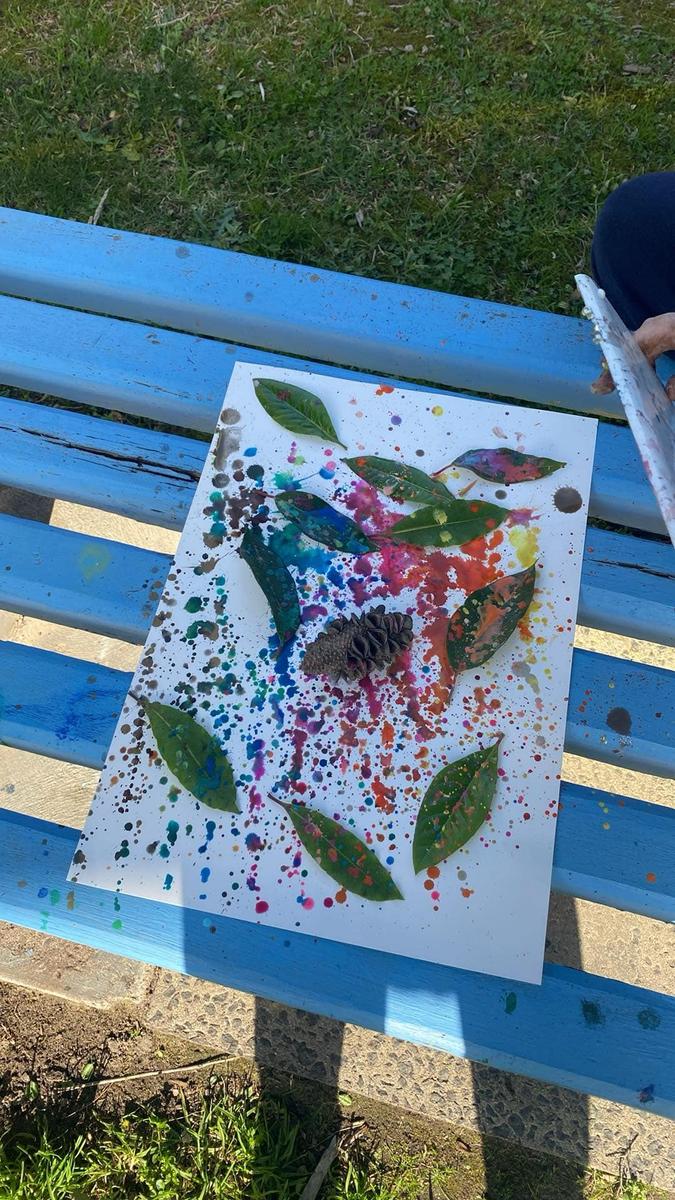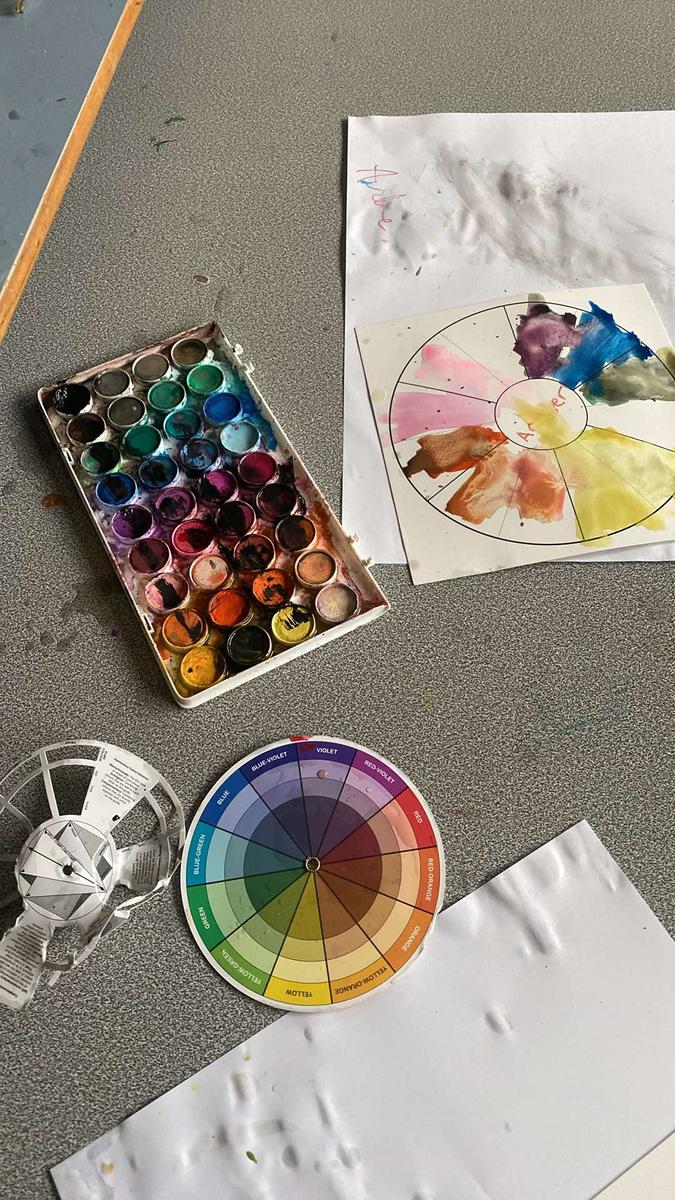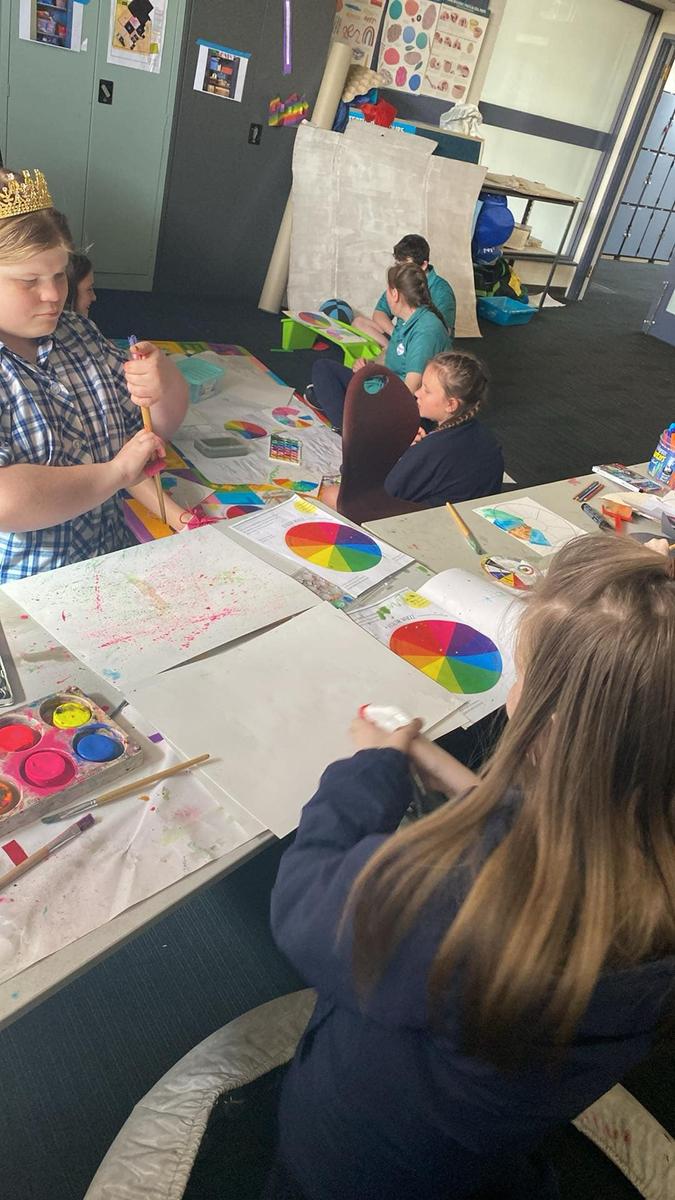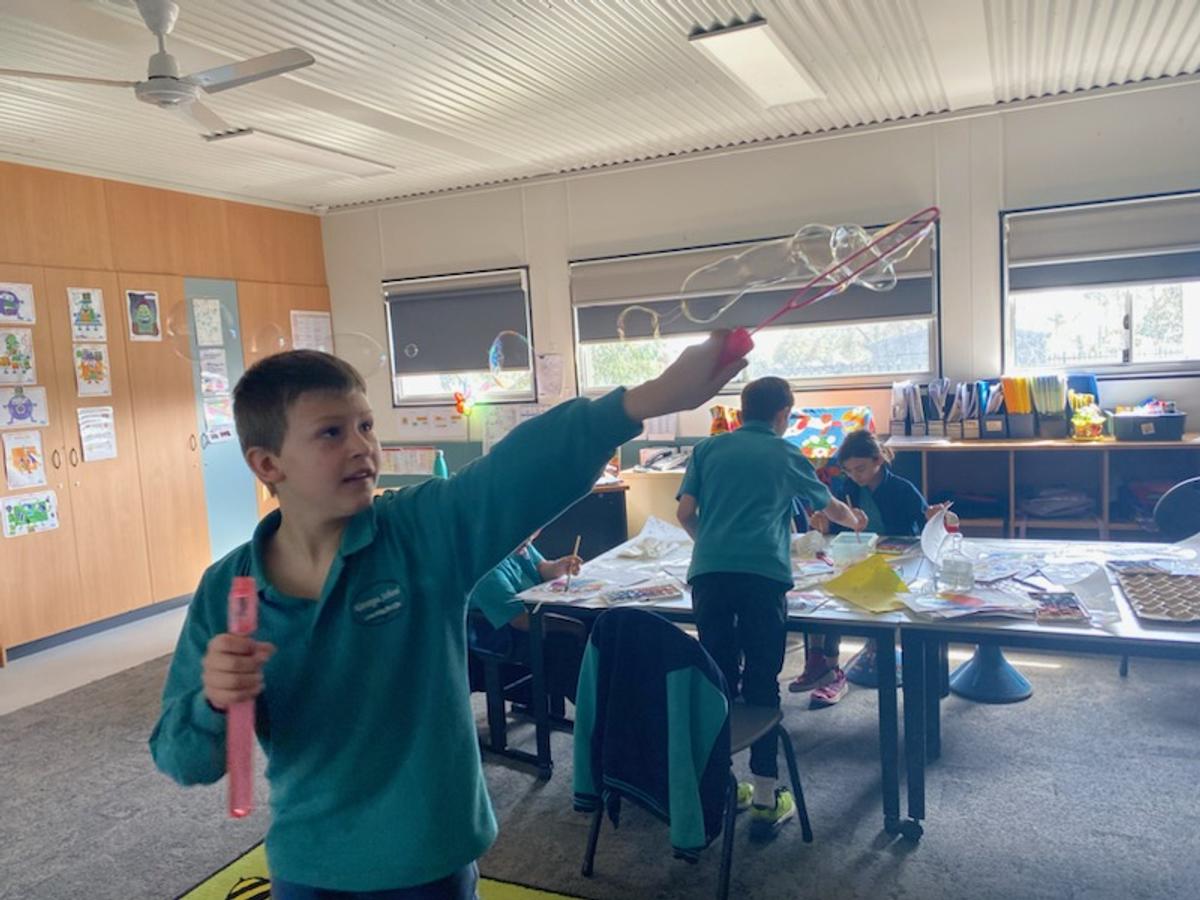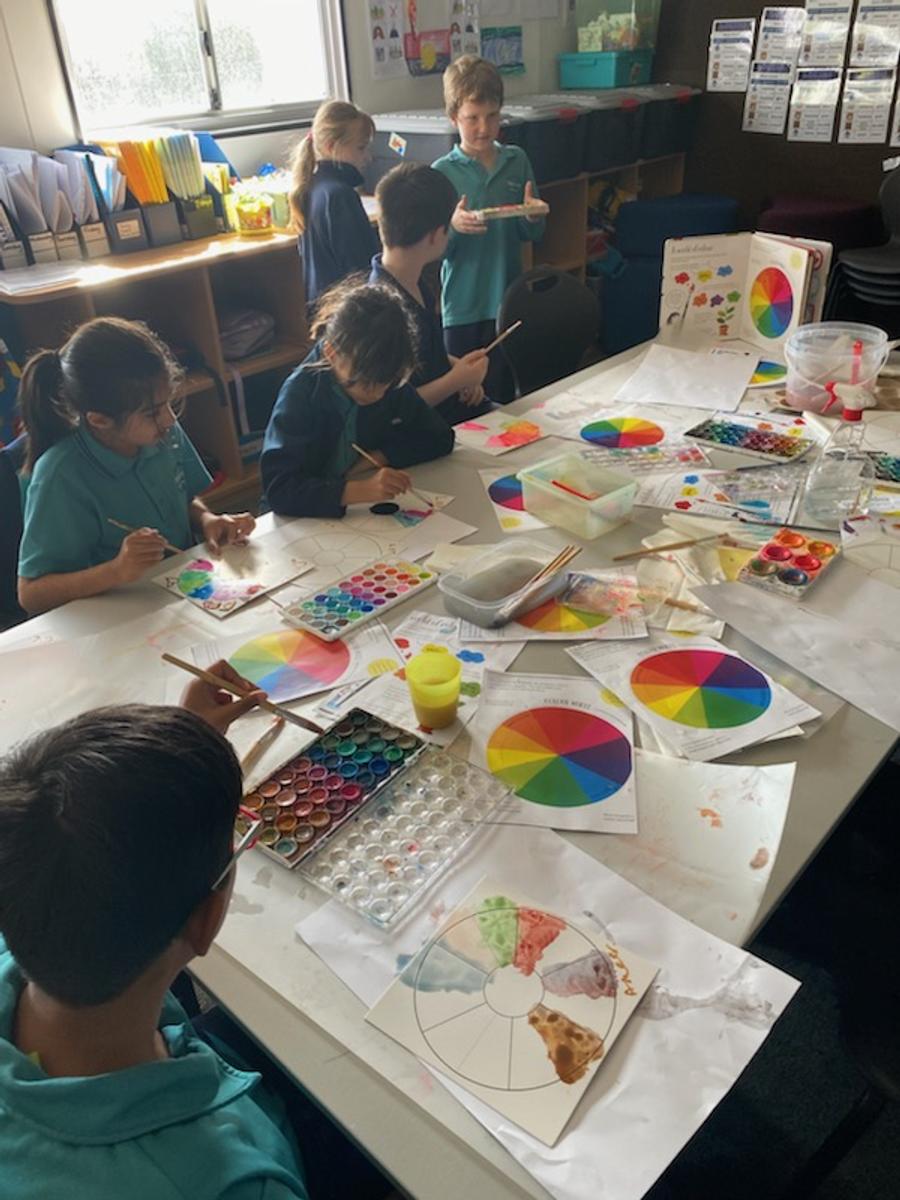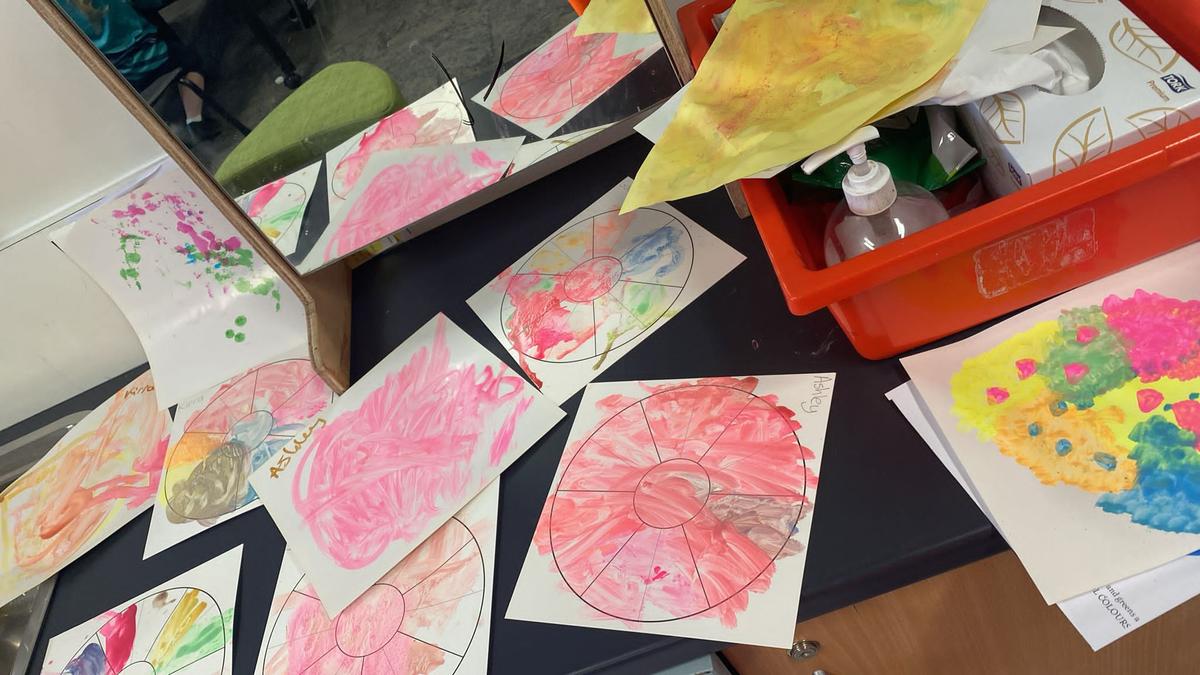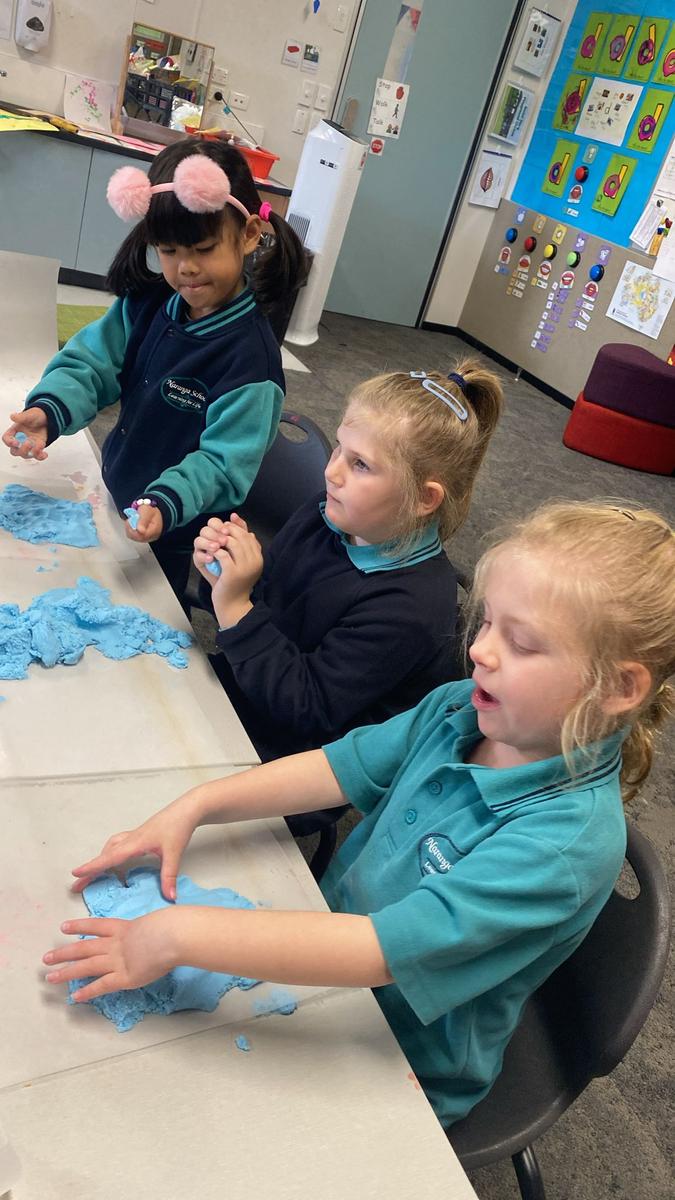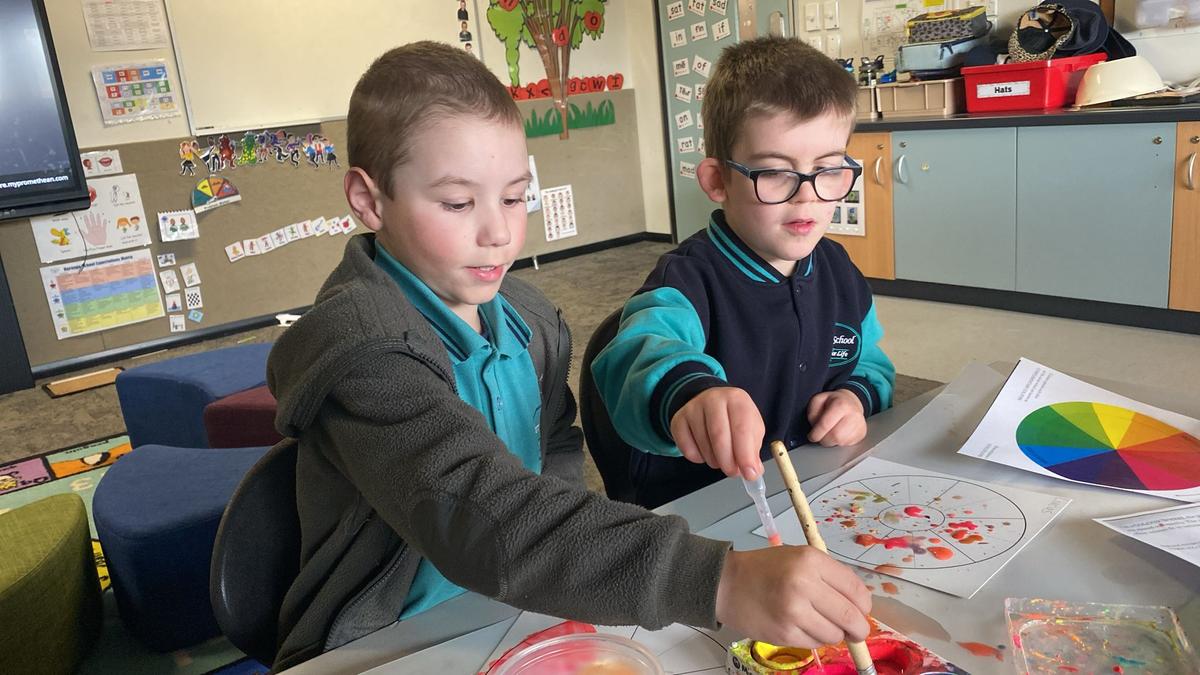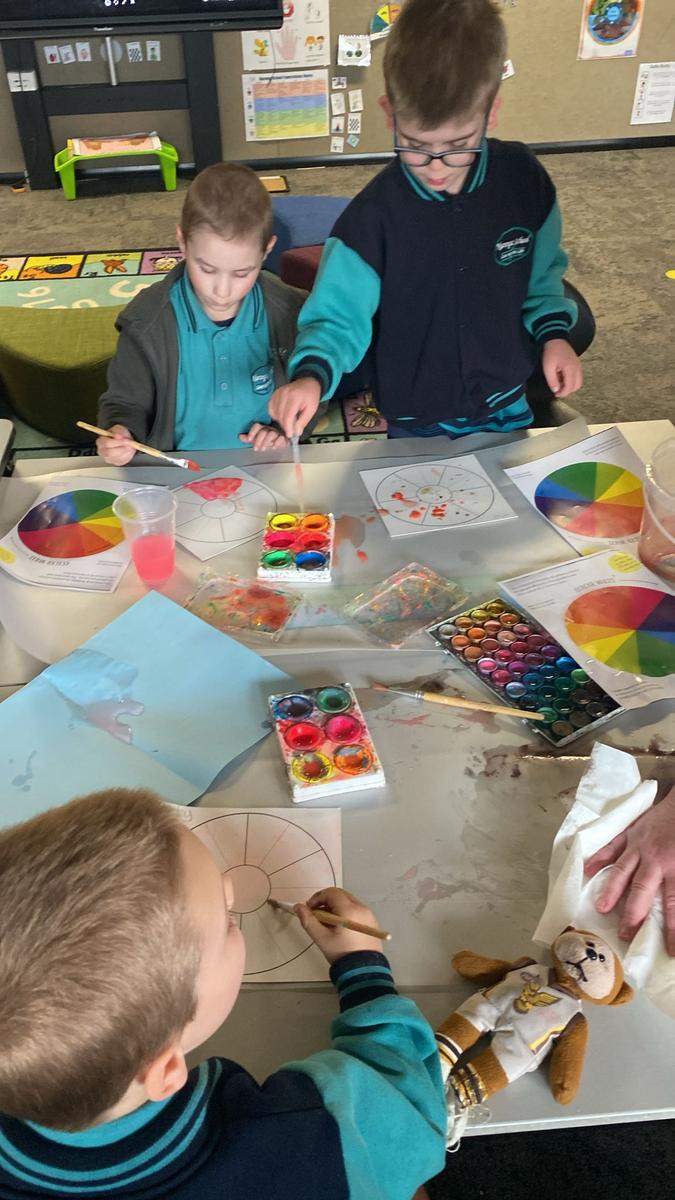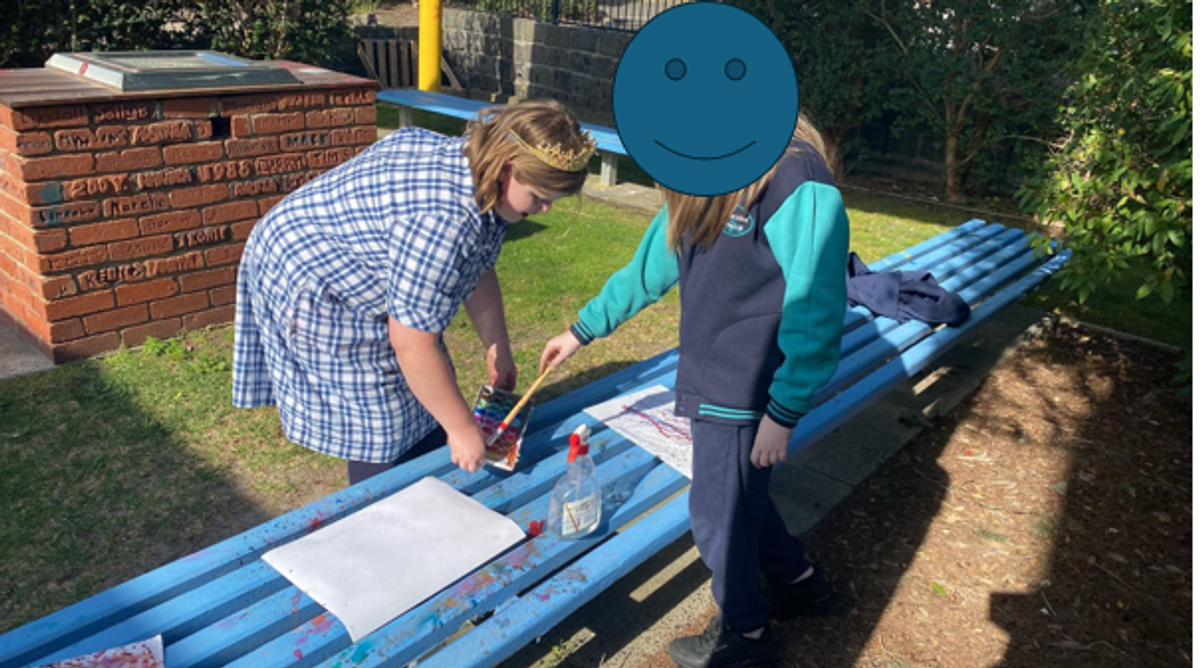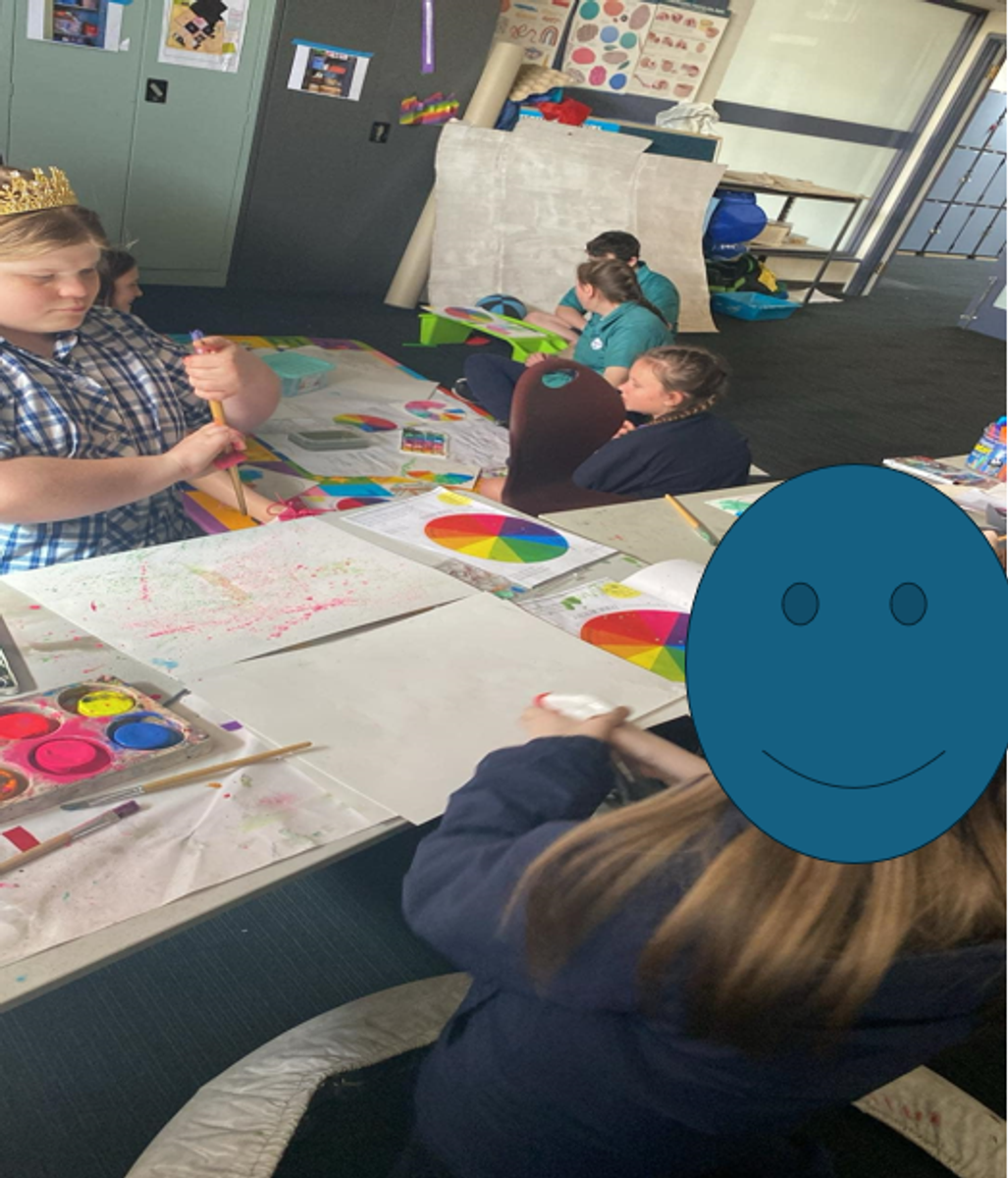Art

This week in art the student's explored the book "The theory behind the colour wheel"
The theory behind the color wheel is the relationship between primary, secondary and tertiary colors. Therefore, the wheel is a tool for determining the relationship between colors and the way they are complementary towards one another.
A color wheel has 12 sections, each one representing a color. There are three primary colors, three secondary colors, and six tertiary colors.
Primary colors are red, blue, and yellow. These colors are pure, which means you can't create them from other colors, and all other colors are created from them.
Secondary colors are orange, green, and purple. These hues line up between the primaries on the color wheel because they are formed when equal parts of two primary colors are combined.
Tertiary colors are formed by mixing a primary color with a secondary color next to it on the color wheel. With each blending (primary with primary, then primary with secondary), the resulting hues become less vivid. Tertiary colors include
Examples of Complementary Color Combinations
- red and green.
- yellow and purple.
- blue and orange.
- red-orange and blue-green.
- yellow-orange and blue-violet.
- yellow-green and red-violet

